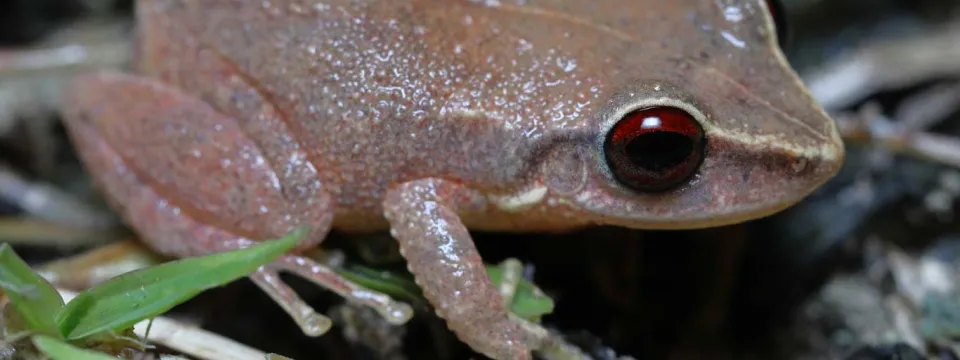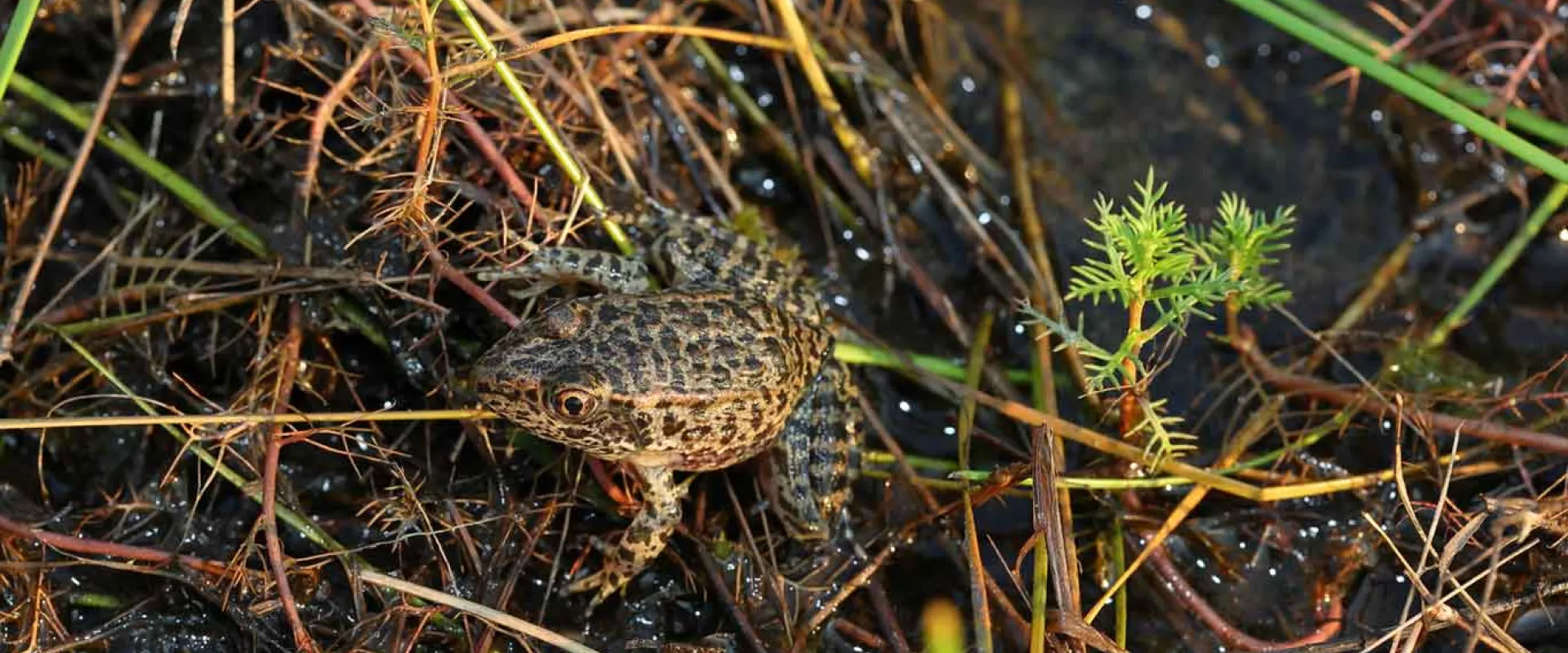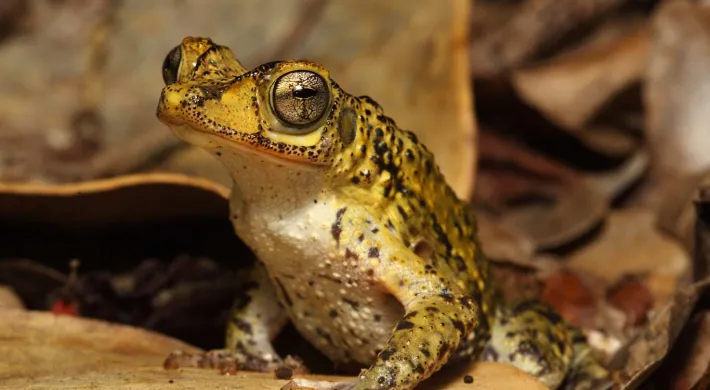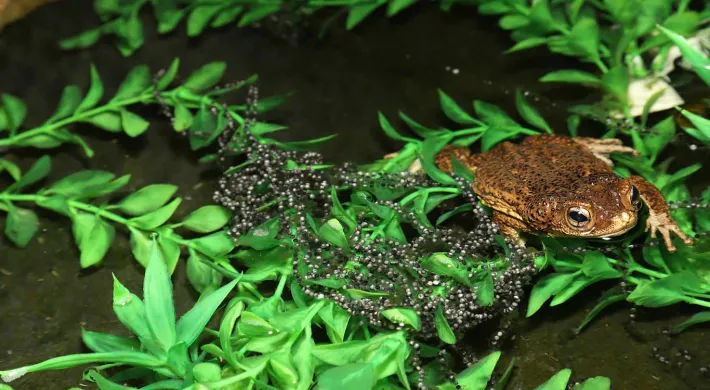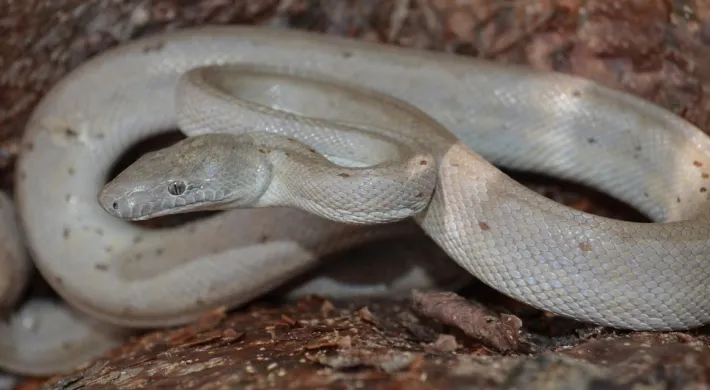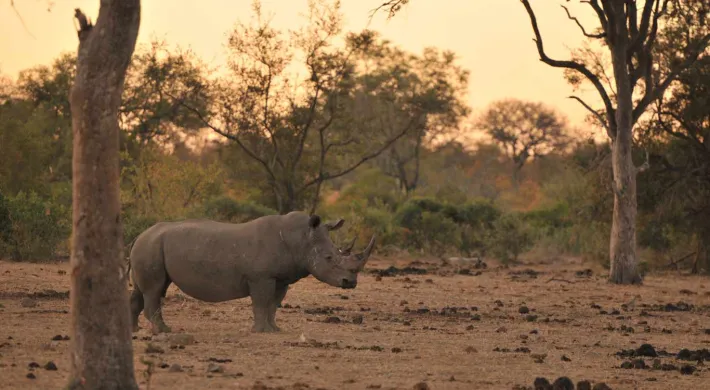Written by Dustin Smith, Curator - Reptiles, Amphibians, Fish & Invertebrates, North Carolina Zoo
Well, I think we all hoped 2021 would be better than 2020, but it still afforded us a significant amount of uncertainty, which led to project delays, and we were unable to accomplish as much as we hoped. However, we have some good news to share from a few of our programs. And the best part is that we were able to get off of Zoom and Teams so we could get back into the field!
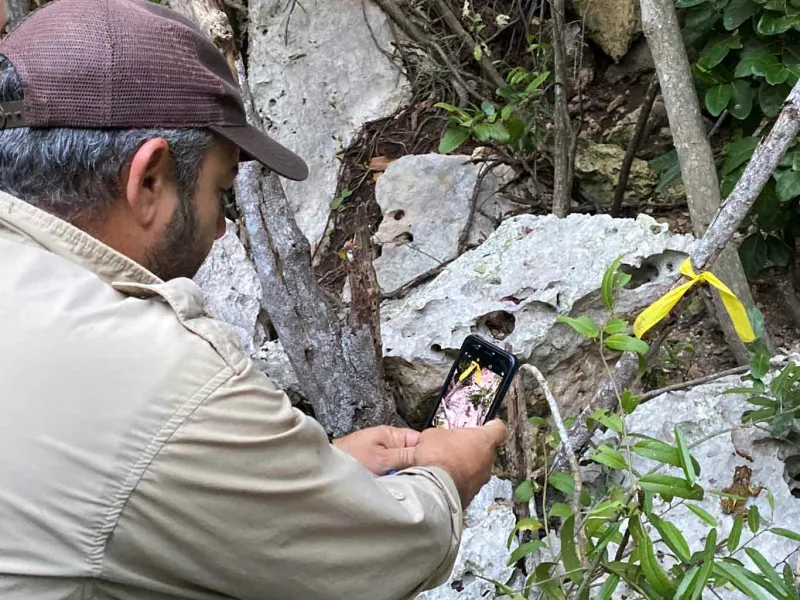
US Fish & Wildlife Biologist, Carlos Pacheco
Starting here in North Carolina, we continued our work with Gopher Frogs, but instead of just head-starting into a new area (more on that in a second), we have also been helping improve the lives of the founder population of gopher frogs in the Sandhills Gamelands. A little further from our backyard, there wasn't much good news on the island of Puerto Rico, which I’ll elaborate on in the section below.
Gopher Frogs
As part of the North Carolina Zoo’s collaborative effort with the North Carolina Wildlife Resources Commission (NCWRC), we are happy to report another successful year raising and releasing the endangered Gopher Frog. This state endangered species only inhabits healthy ephemeral wetlands in pristine longleaf pine habitats, and we are focused primarily on the Sandhills Gamelands population.

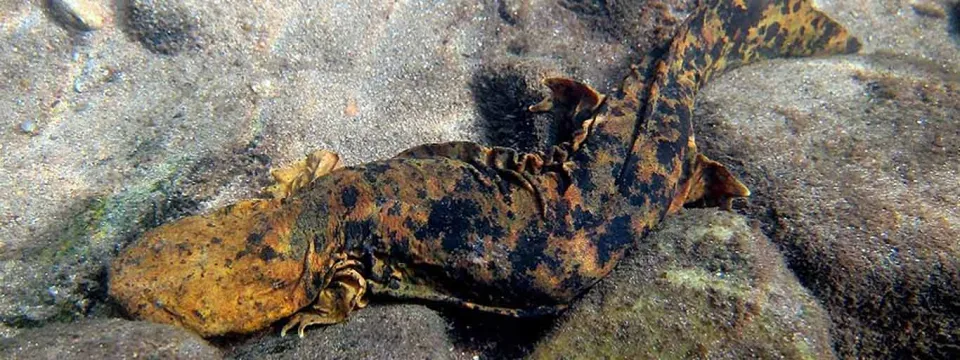

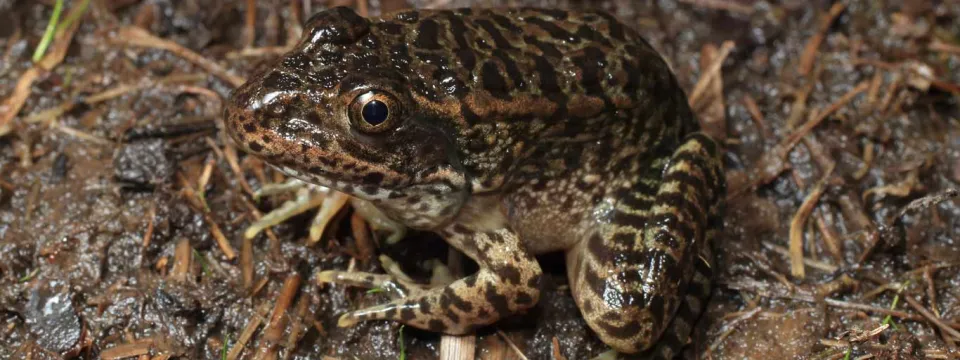
We’ve now released more than 1,500 gopher frogs in two different locations within the Sandhills Gamelands since 2016! Our primary effort now is to help establish a new population, so we released over 450 at our new release location, which is a restored wetland. We hope that we will see these head-started frogs breeding at this new site within the next two years.
We are now helping the NCWRC by managing the habitat of the founder population (population in which the eggs were initially found).
Unfortunately, there are many red imported fire ants (RIFA) that now call the founder population wetland, home, which is having a negative impact on gopher frogs and other wildlife.
We are helping manage this new and significant threat, and I hope to report on our efforts and success in our next amphibian-related blog.
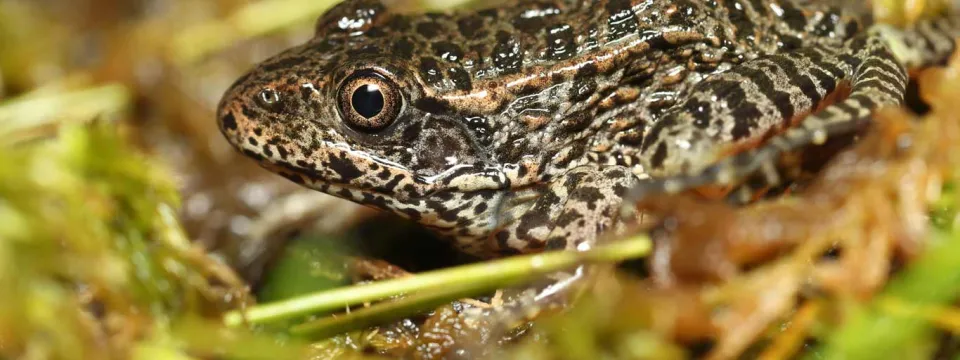
Puerto Rican Crested Toads
The island of Puerto Rico has its (un)fair share of natural disasters, usually in the form of hurricanes. However, since 2020, there have been a significant number of earthquakes impacting the southwestern portion of the island. This has caused the collapse of homes and buildings and the landscape itself.
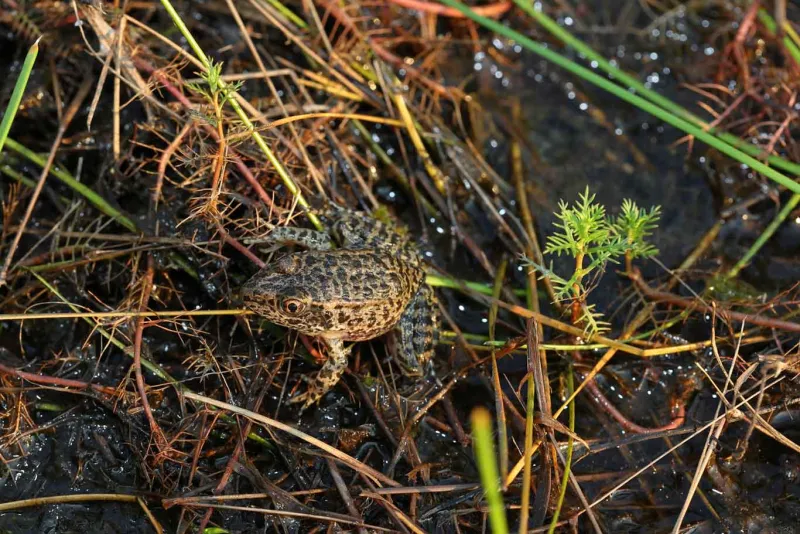
Puerto Rican Crested Toad in a limestone crevice
Much of the northern portion of the island, as well as the southwest, is primarily limestone. This limestone can be seen at the surface, both in the mountains and at the beach, but also underground and underwater. The recent earthquakes have devastated the Guanica Dry Forest, which is home to the largest and only natural remaining population of Puerto Rican Crested Toads. Much of their habitat was impacted by landslides and large-scale rockslides, directly affecting their primary microhabitat, as their primary refuge is within limestone rock holes.
We are still trying to learn about how they will be affected by this, long-term, but we also don’t want to overlook the important impact on the residents of Puerto Rico, especially in the southwest.
I was fortunate enough to visit the island in December 2021 to conduct toad surveys with many of our partners, which we haven’t seen (besides virtually) in two years. We visited multiple sites, but unfortunately, we only saw a few toads. The reason for our lack of sightings could have been the weather, but we think it was primarily because of how the earthquakes impacted the landscape.

However, we did have some good news. During a survey at one of our release sites, we managed to find multiple size classes of Puerto Rican Crested Toads. This particular release site has seen a few breeding events recently, which was a great observation, as we hadn’t seen breeding at this site for years. On this particular night of surveying, we found a few small toads (toadlets), and we heard numerous coqui calling throughout the evening. At one point, I stopped to take a photo of a coqui that one of our colleagues found....and experienced a small earthquake.
We are hopeful that in 2022, we can breed more Puerto Rican Crested Toads to send to our partners for release back into the wild. I know this was not the most positive of updates, but here is to a better 2022!
And if you haven’t already seen the video we created to share our work in Puerto Rico with the Crested Toad, Virgin Islands Boa, and Harlequin Butterfly, check it out below!
Pictured Below: Red-eyed coqui
